
You're browsing the stalls of Thailand's Maeklong Market when a train horn blows, the stall keepers abruptly shutter awnings, and you retreat to the edge of the street -- which also happens to be a railway.
It's one of those moments that inspire you to snap a photo or regale your friends later. The unfamiliar is part of the allure of traveling, whether sampling a local delicacy, witnessing a cultural tradition, or stumbling upon a decidedly unusual street.
Streets, naturally, have identities. They're place markers, and some even become emblems of a destination, like New York's shop-lined Fifth Avenue or the famous curves of San Francisco's Lombard Street.
But stranger streets are not so uncommon. Some feature record-breaking designs, from widest to narrowest. In the Scottish town of Wick, for instance, Ebenezer Place measures 6 feet, 9 inches -- making it shorter than many NBA players.
Others encourage unusual behavior, like fixing your gum to the colorful, sticky walls of an alley in San Luis Obispo, California, a habit that dates back to the 1950s (germaphobes, be warned). Then there's the Portuguese island of Madeira, where the popular means of transportation along the Caminho do Comboio Road remains a wicker toboggan "driven" by men in white clothes and straw hats.
Whether you're hailing a toboggan or putting on your walking shoes, take a trip down the world's strangest streets.
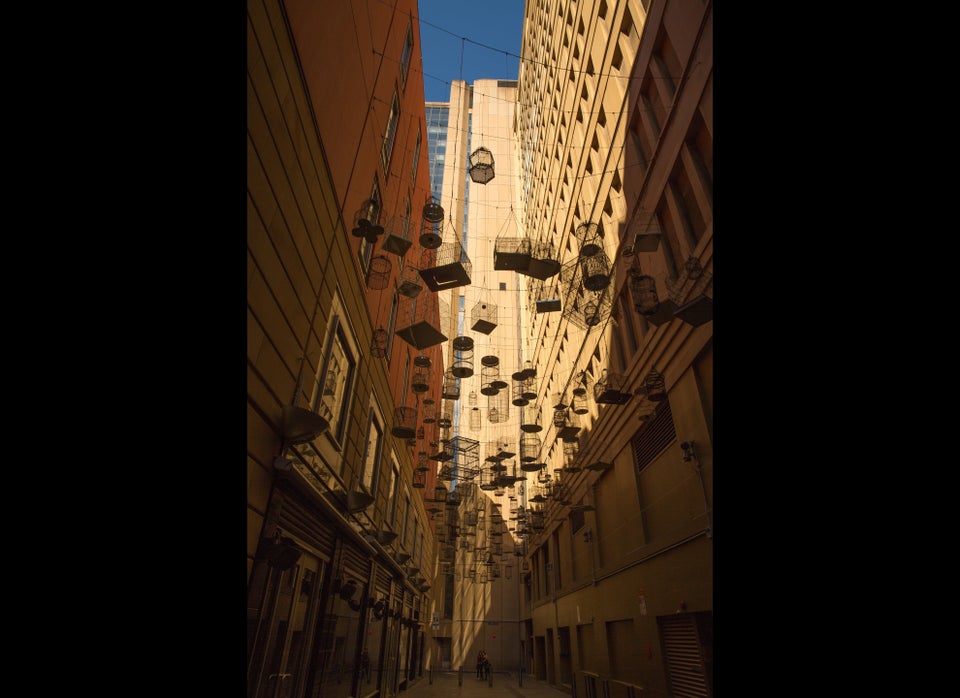
The evocative, unexpected chorus of chirping birds is one indication that you’ve come upon Angel Place, a small laneway in Sydney’s central business district. Another: the 120 empty birdcages overhead. Artist Michael Thomas Hill created the installation in 2009 as a statement to draw attention to how development was pushing out wildlife. Formally known as Forgotten Songs, the installation was so popular that it’s become permanent. Listen carefully. The soundtrack changes throughout the day, reflecting the sounds of the 50 or so bird species that were once present here. At night, you may hear the Australian owlet-nightjar, southern boobook, tawny frogmouth, and white-throated nightjar.
Photo: Richard Ashen/Demotix/Corbis
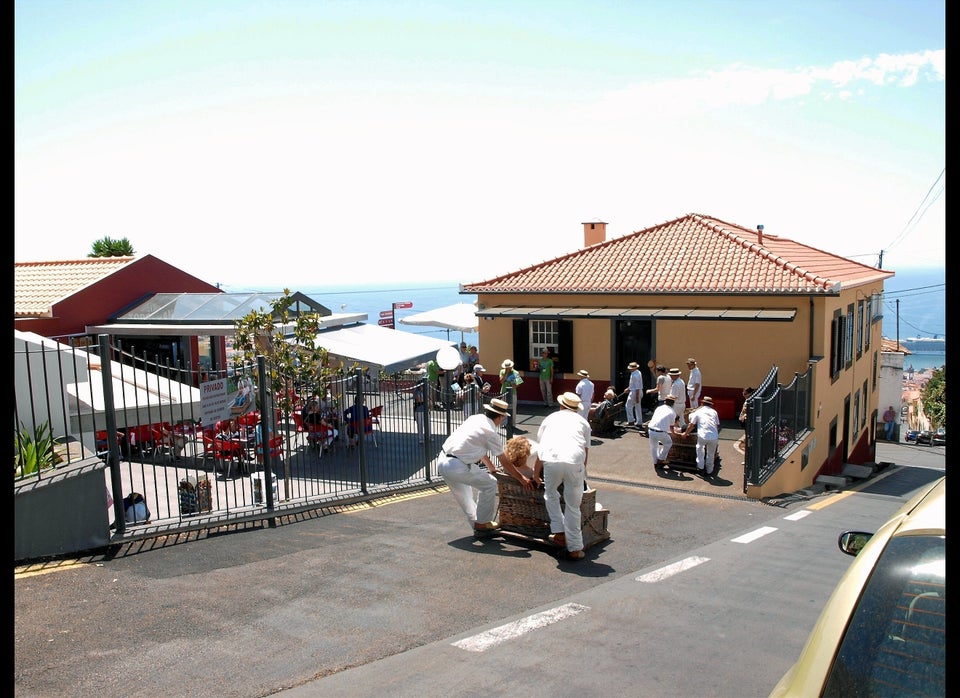
Ernest Hemingway found the ride along this street to be thrilling. So says his wife Mary Welsh Hemingway, who describes his 1954 visit to the island of Madeira in her memoir, How It Was. Not much has changed on the Caminho do Comboio since. There are no sidewalks, and the most popular, albeit touristy, means of transportation remains a wicker basket toboggan “driven” by humans on foot (you can opt to walk, drive, or take a nearby cable car instead). Following a tradition dating back to the 1850s, two carreiros, dressed in white cotton clothing and straw hats, run as fast as humanly possible from the civil parish of Monte to the sloped capital city of Funchal. The downhill journey takes about 10 minutes and can reach almost 30 mph ($38 per ride).
Photo: Carreiros do Monte
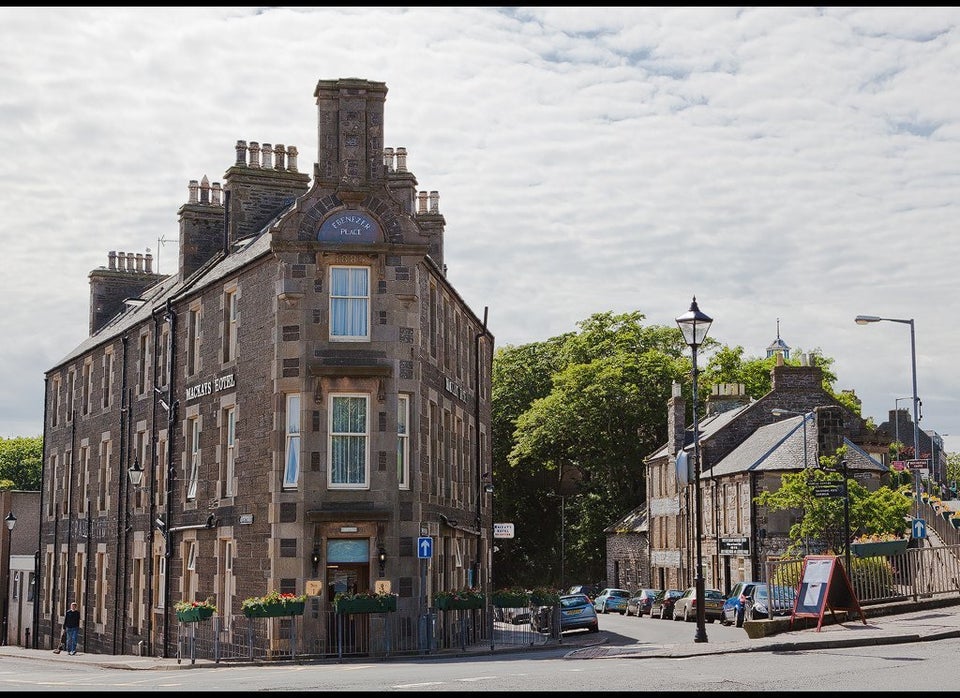
Ebenezer Place measures 6 feet, 9 inches—making it shorter than some NBA players. Consider that Larry Bird or Magic Johnson could lie down and occupy the entire street, head to toe. Located at the apex of a triangular block, Ebenezer Place was constructed in 1883 by Alexander Sinclair and has been officially credited by the Guinness Book of Records as the world’s shortest street. There is room for one doorway, the entrance to the street’s only occupier, No. 1 Bistro, part of the MacKays Hotel. If you blink on the road into the town of Wick, just before the Pulteney Bridge, you might miss it.
Photo: Gavin / gavcam
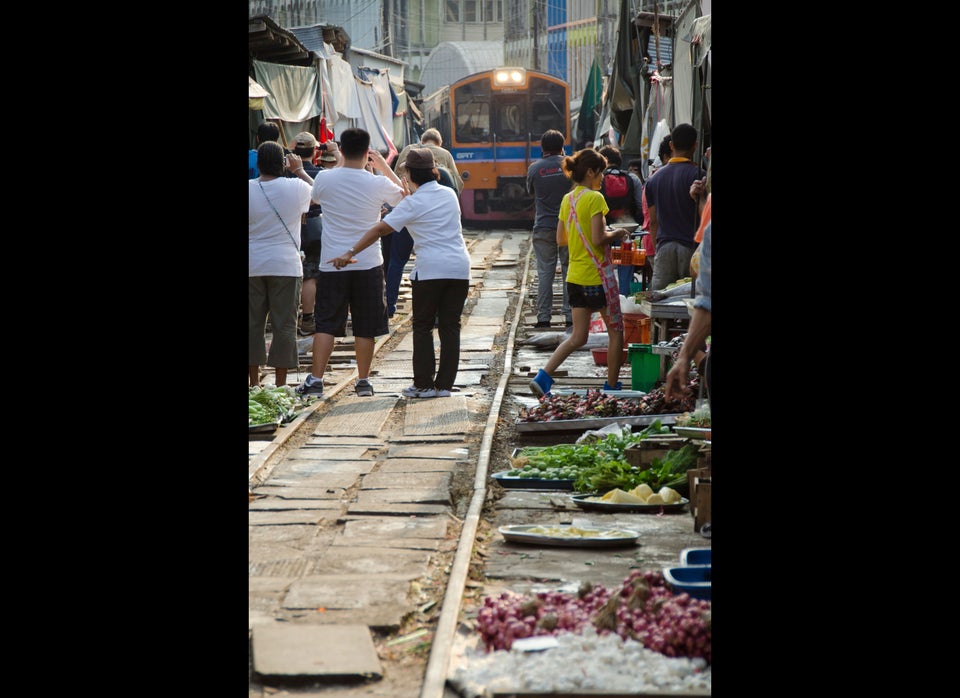
It’s a market. It’s a railway. It’s a street? Maeklong is indeed all of these. One moment the stalls are bustling with locals picking up everyday groceries from fruits and veggies to frogs and eel. The next, a train horn blows in the distance, and stall keepers close the awnings and umbrellas and pull their displays back, as shoppers retreat from the tracks. A train breezes through the tightly packed market with no more than a foot or so between the car and the stalls. As soon as it passes, the hustle and bustle resumes as if the train never passed.
Photo: Cindy Hopkins / Alamy
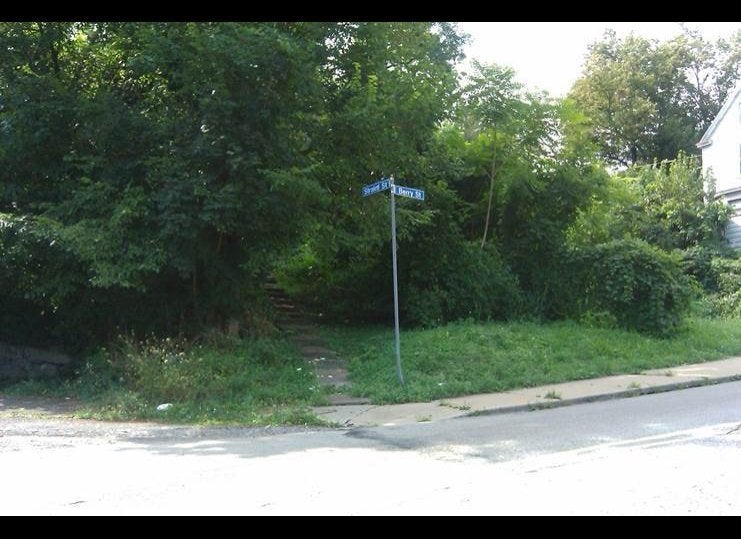
The U2 song “Where the Streets Have No Name” supposedly riffs on the concept that socioeconomic status can be determined by a person’s street address. But what if there were actually streets that have no name, or existence? Pittsburgh resident Walter Meyer was researching his genealogy in the early 1980s when he discovered that one of his ancestors was born on a “paper street” on the slopes above the South Side. The term got some attention thanks to Fight Club (the protagonist lives in a house on “Paper Street”). As simple as they are mysterious, these streets exist on maps, but may be just a walkway or stairway, if they can be found at all. How did this happen? Poor city planning and bad record keeping, plus enough property divisions and legal confusion to create vertigo.
Photo courtesy of Pittsburgh History & Landmarks Foundation
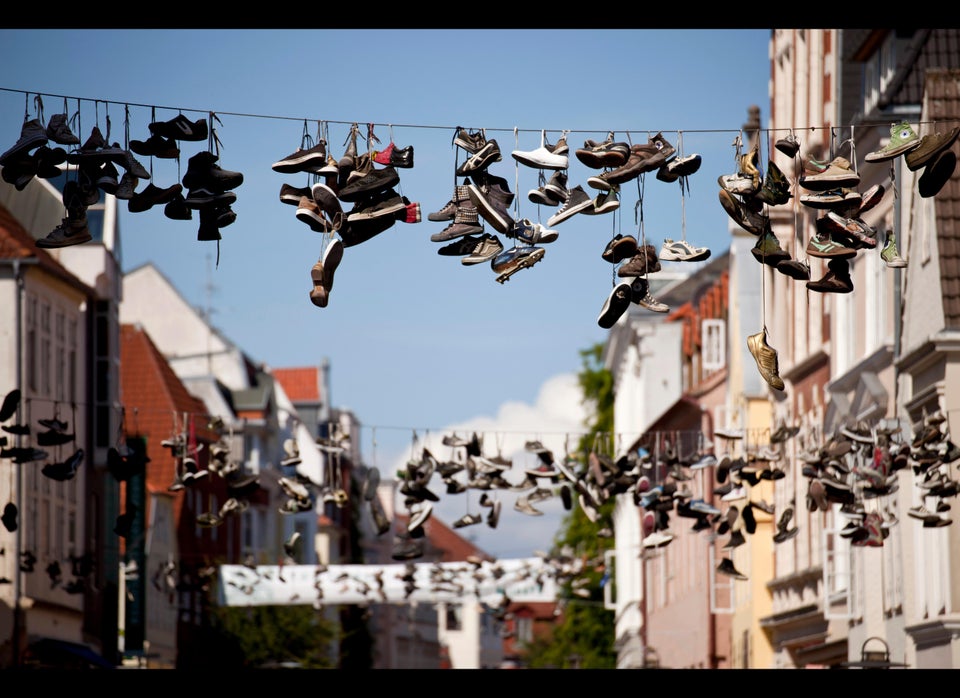
There’s something eerie about walking down a street as shoes dangle above you. Yet the experience has become so common in this northern German town (four miles from the Danish border) that there’s a term for it: shoe graffiti, or simply shoefiti. Some consider the start as an art project; there is a theory that says that a boy who becomes an adult has his shoes hanging outside his house; or that it is a sign from drug dealers telling people where to buy or sell drugs. Regardless of the original purpose, the Norderstraße has become an unofficial landmark of Flensburg, inspiring tourists to contribute by leaving their shoes behind.
Photo: imageBROKER / Alamy
--By Lindsay Taub
See All of the World's Strangest Streets
More from Travel + Leisure:
America's Best Comfort Foods
America's Favorite Towns
World's Scariest Roads
America's Best Burgers
America's Snobbiest Cities